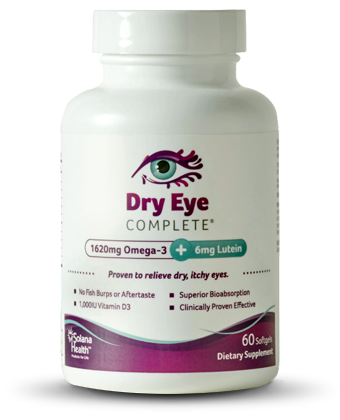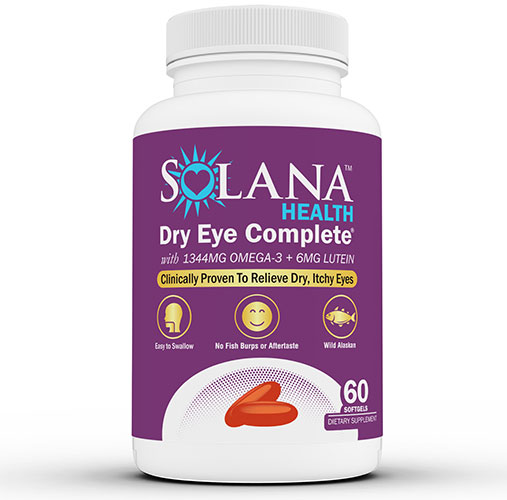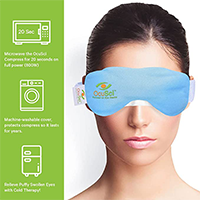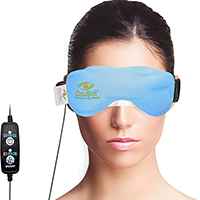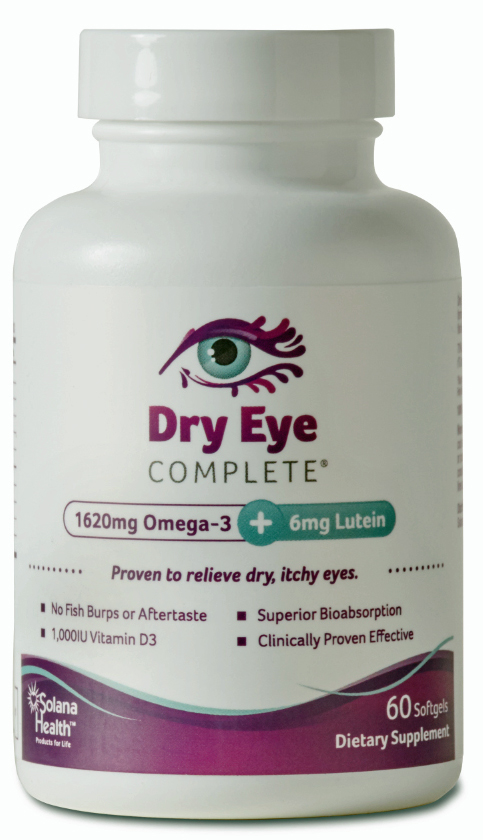Eyes are said to be the window to the soul, and it is imperative that we look after them properly. Unfortunately, we don’t seem to always remember to do this, and thus, many people report a range of different eye problems. In fact, you will be hard pushed to find an adult who has never had at least one problem with the eye. Eyes are impressive little organs that can cure themselves, but you cannot expect that they will continue to do so, or that every problem is just a little problem. Hence, if you experience anything unusual in your eyes, you must seek medical attention straight away. It is always better to be safe than sorry when it comes to your vision.
Age-Related Macular Degeneration
Age-related macular degeneration, or AMD, is common in men and women over the age of 50. It happens when there is damage to the retina, resulting in some loss of sight. Total blindness is uncommon, with most people noticing the effect on their central vision. It is possible to have surgery for AMD in some cases, but this is a risky procedure.
Blepharitis
Blepharitis is an inflammation of the eye lids. Usually, the skin near or around the eyes start to flake, the whites of the eyes turn red, vision becomes distorted, and people find their eyes to be itchy. There are four main causes of blepharitis, which are:
- Dust mites
- Dry eye syndrome (DES)
- Eczema
- Bacteria
Treatment involves keeping the eyes and eyelids clean, and avoiding further contamination. A specialist may prescribe drops as well.
Cataracts
Cataracts are the world’s fourth most common eye disease. It happens when a small mass forms in front of the eye, ranging from opaque to transparent. The eye still functions properly, but blindness is induced because the mass gets in the way. It effectively stops light from getting to the retina, leading to impaired vision. Most people have cataracts in both eyes, although they don’t happen at the same time. A surgical procedure is required to remove cataracts. There are few symptoms associated with cataracts, and they develop very slowly. Some, in fact, stay so small that they never cause any problems. They are most common in the elderly, and if left untreated, lead to blindness. However, this is not permanent blindness as it can simply be resolved with surgery.
Eye Allergies
Eye allergies are actually the world’s first most common problem with the eyes. There are endless causes of allergies, ranging from airborne toxins to direct sunlight, from perfumes to dust, and so on. A common cause of allergies are the foods we eat. With allergies, the eyes become very itchy and red. The only cure is to prevent contact with the allergen. If that is impossible, there are some drops that can be used to clean the eye. These are particularly useful for people who do not know the source of their allergy, or who suffer from seasonal rather than perennial allergies.
Dry Eye Syndrome
Dry eye syndrome, or DES, happens when there is a malfunction in the tears. There are three possible symptoms with DES:
- Insufficient tear production
- Poor quality tears
- Tears that evaporate too quickly
DES is incredibly common and usually causes severe irritation. In rare cases, it can lead to loss of vision. There are several ways to deal with DES, including:
- Eye exercises, such as no longer staring at screens and blinking
- Different types of eye drops
- Different types of eye gels
- Punctal plugs
Floaters
Floaters occur when the eyes’ vitreous start to break up. The eye starts to develop small black spots, and these cause problems with vision. The black spot is actually a shadow of the vitreous that is floating around the eye. Vitreous are gel-like in consistency. Floaters are usually worse when staring at white screens or going out in the sunlight. They are not harmful, but they can develop into a medical emergency if their size changes and flashes in vision occur. A vitrectomy can remove the floaters. In very rare cases, they can be a precursor to retinal detachment, which is why this is an eye problem that should always be investigated by an ophthalmologist, to whom any changes should also be reported.
Pink Eye
Pink eye, or conjunctivitis, is a very common eye problem. It happens on the eyes’ top layer and leads to itching and redness. A range of things can cause pink eye, including allergies, dirty hands, bacteria, infections, and more. Often, it also appears on the lining of the eyelid. Pink eye is particularly common in children and it is incredibly contagious. In fact, simply touching a doorknob touched by someone with conjunctivitis before can lead to you developing it. Proper hygiene, therefore, is the best way to prevent it.
Stye
A stye or sty is a bump that appears on the eyelid. It is the second most common type of eye disease. The stye usually develops as an infection in the pore of the eyelashes, appearing as a red bump at the eyelid’s base. It is a viral infection. While uncomfortable and unsightly, it is reasonably harmless and doesn’t pose any real threat. If it does not go away on its own, medication can treat it. In extreme cases, surgery may be required. Styes are particularly common during the summer season.
It is important to not press on the stye as this can make the pain worse. However, discomfort can be relieved through warm compresses and wearing glasses instead of contact lenses. After a while, the stye may start to look like a pimple filled with pus, but you should not squeeze it. If the pain starts to get worse, you may need to seek medical advice. Proper hygiene is the best way to prevent styes.
Eye Twitches
A lot of people have slight or severe twitches in the eye. This means that people have no control over movements in their eyelids. This can be caused by a range of conditions, including DES, nutritional imbalances, consuming caffeine, allergies, eye strain, and certain mental and physical disabilities, such as autism and Tourette’s syndrome. Generally speaking, it is a temporary condition that lasts for no more than a month. Twitches usually disappear and do not require any treatment. If the problem lasts longer than one month and is not getting any better, Botox treatment may be required.
Glaucoma
While the term “glaucoma” is used as if it is one kind of condition, it actually refers to a range of different diseases. With glaucoma, damage has occurred on any part of the optic nerve because pressure in the eye fluid has increased. Imagine the eye as a tire, which has to have a certain amount of pressure in order for it to be safe. Should that pressure suddenly increase, there is danger. With the eye, that pressure is first felt in and around the optic nerve. This is known as “primary open angle glaucoma”. The condition is usually asymptomatic for a long time. Usually, a glaucoma is not dangerous and can be treated quite easily. Sometimes, however, it constitutes a medical emergency that, if left untreated, can lead to permanent vision loss.
Other causes of glaucoma include:
- An inflammatory disorder that affects the eye
- A blocked blood vessel
- An eye injury
- Glaucoma is generally treated though surgery and/or prescription eye drops.
Resources and References:
- National Eye Institute – Facts About Cataract (NEI.nih.gov)
- National Center for Biotechnology Information Conjunctivitis: A Systematic Review of Diagnosis and Treatment (NCBI.nlm.nih.gov)
- Glaucoma Research Foundation – Comprehenive information on glaucoma (Glaucoma.org)

